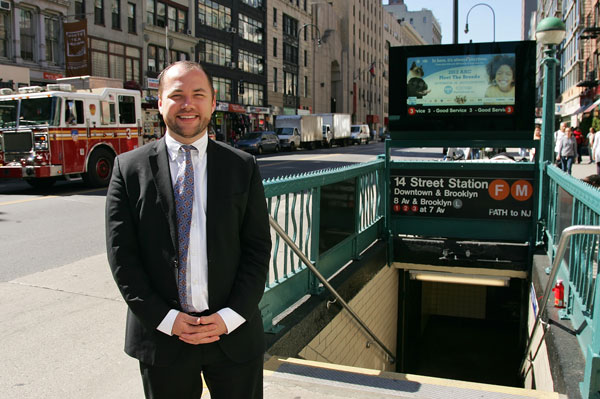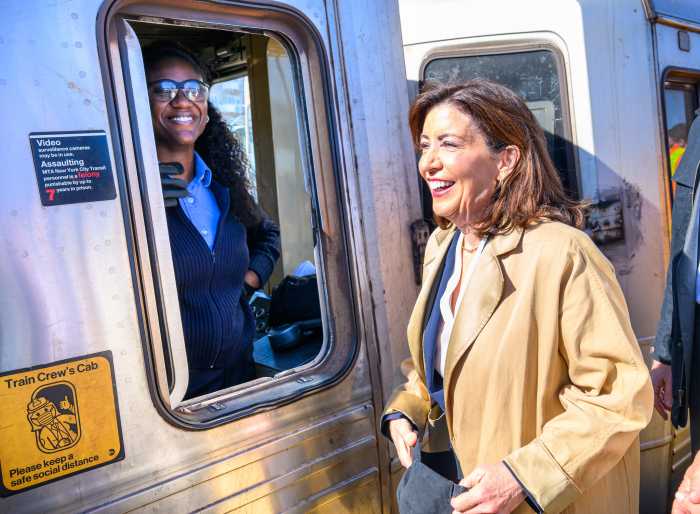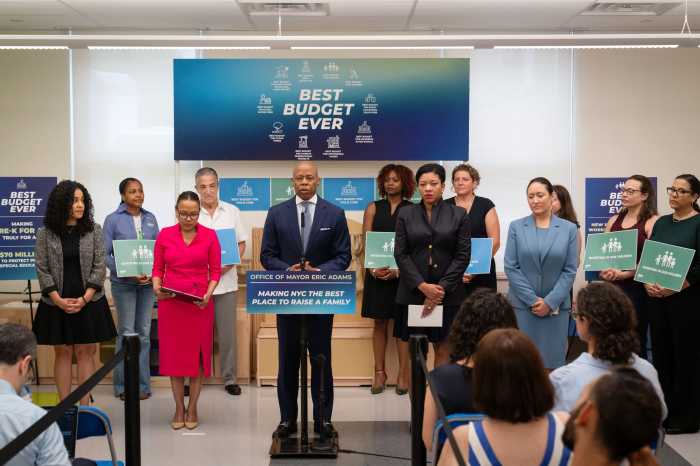BY COREY JOHNSON COUNCIL MEMBER, DISTRICT 3 | How would you spend $1 million dollars in your community? Would you build a new playground? Would you invest in new technology equipment for your local library or school? Maybe there’s a notoriously bad intersection in the neighborhood and you have a great idea to make it safer for pedestrians.
Think about it.
Beginning this fall, my office will be asking hundreds of residents what is needed most in their communities through a new democratic process that engages residents by giving them a say in how a portion of the city’s capital budget is spent. My office will be holding several Neighborhood Assemblies through October, where residents will come together and brainstorm.
Participatory Budgeting began in 2011 with just four councilmembers, but today has expanded to over 20 Council Districts. I am proud to be a part of this growing coalition of Council Members who are launching Participatory Budgeting in their districts.
Residents of my Council District, which includes Hell’s Kitchen, Chelsea, the West Village, and parts of SoHo and the Upper West Side, will decide how to spend $1 million in capital dollars across the entire district. These funds can be used for improvements to streets, parks, public housing, schools, and other community spaces.
But none of this can happen without your voice at the table.
Getting involved is easy and important — and there are a lot of ways you can do that in the coming months.
The first step is to attend one of the upcoming Neighborhood Assemblies that my office is hosting in our district, at which residents will share ideas about what’s needed most in their neighborhoods, and suggest ways to address them. Residents then volunteer to become “Budget Delegates,” a very important role in this process during which they will research ideas further, and develop them into proposals the community will vote on in the spring. The projects with the most votes will receive funding and be implemented by the appropriate city agency.
Spending decisions are more equitable when residents get to decide how money is allocated, because resources are directed at a grassroots level. I believe residents know best when it comes to understanding local needs. By giving residents the power to decide how public dollars are spent in their community, the spending of tax dollars is done in a more equitable fashion.
Participatory Budgeting engages people in government, builds new leaders and inspires greater transparency (thus helping to curb abuses of power). It also levels the playing field by ensuring that every person has equal power over public spending.
Anyone who lives in the 3rd Council District and is at least 16 years old can vote. This endows residents, especially young people, people of color, immigrants, low-income people and other marginalized groups to enter civic life, and become stakeholders in their community.
These are all important reasons why I believe Participatory Budgeting can help reshape the democratic landscape in New York City. But its success depends on the collective action of residents coming together and identifying solutions to everyday issues.
It is important that you attend one of our Neighborhood Assemblies this fall and make sure your ideas are heard. By working together with your neighbors, maybe you’ll find a solution to improve your local park, school, or library. Maybe you’ll be inspired to cast your vote to fix that dangerous intersection.
I am excited to bring Participatory Budgeting to our community, and I hope you will join the movement to reinvent how local government works. If you would like to get involved or learn more, please contact Matt Green at my office, at mgreen@council.nyc.gov. The next 3rd Council District Neighborhood Assembly is on Sat., Sept. 27, at 3 p.m. on the High Line (14th St. passage). All others will be at 6:30 p.m. at locations to be announced, on Oct. 7, 15, 16, 21, 23 & 29.
































